Continuing to Expand the Possibilities of Hikimono
“Hikimono” is a type of woodwork made by turning wood on a wheel or lathe, which is then cut using a bladed instrument. While it’s a traditional technique and craft, the possibilities are continually being expanded by “Hikimono-master” Toshifumi Momose, who works out of his workshop in Shimizu-ku, Shizuoka City.
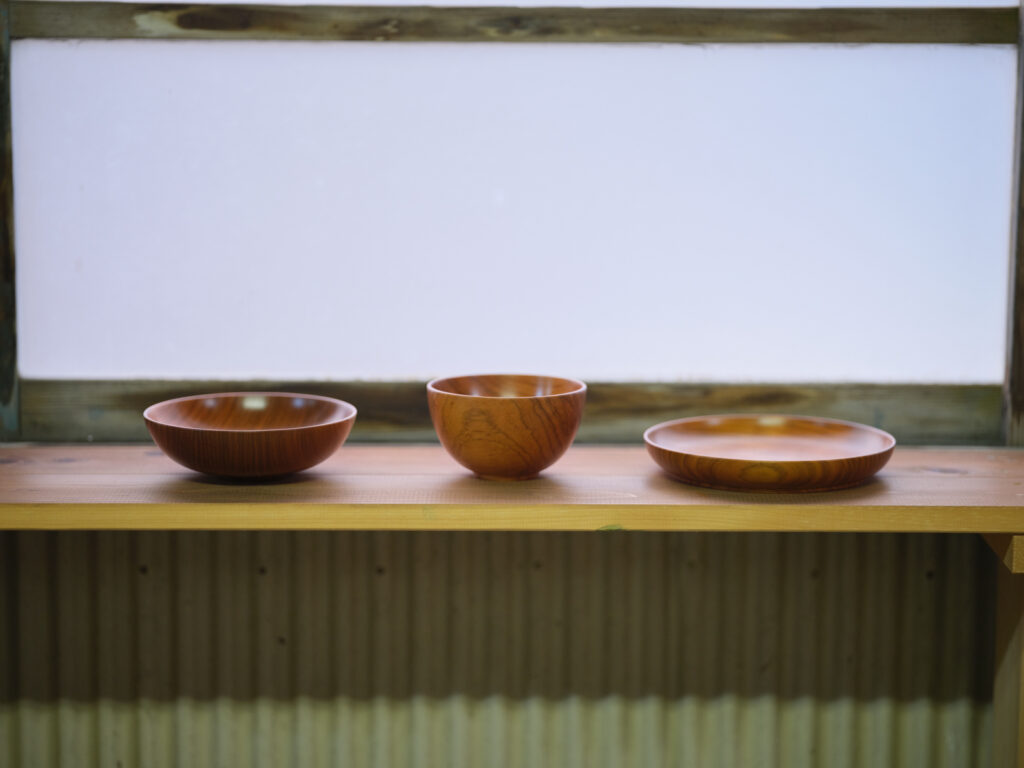
Momose’s introduction to the world of hewn wood came just as he was about to graduate from design school. It was a teacher that introduced him to the craft during a discussion about career opportunities.
“I studied product design at school but found that I wanted to be a maker rather than a designer. I liked wood as a material and so I asked my teacher for advice. That’s when he introduced me to the idea of a wood mill, which I had never heard of before.”

Momose decided to become an apprentice the same day he went to visit the workshop.
“When I entered the shop, I found out that the workers there had to make many of the tools themselves, including the blades used to shape the wood, and since I had always enjoyed making things, I got more and more into it.”
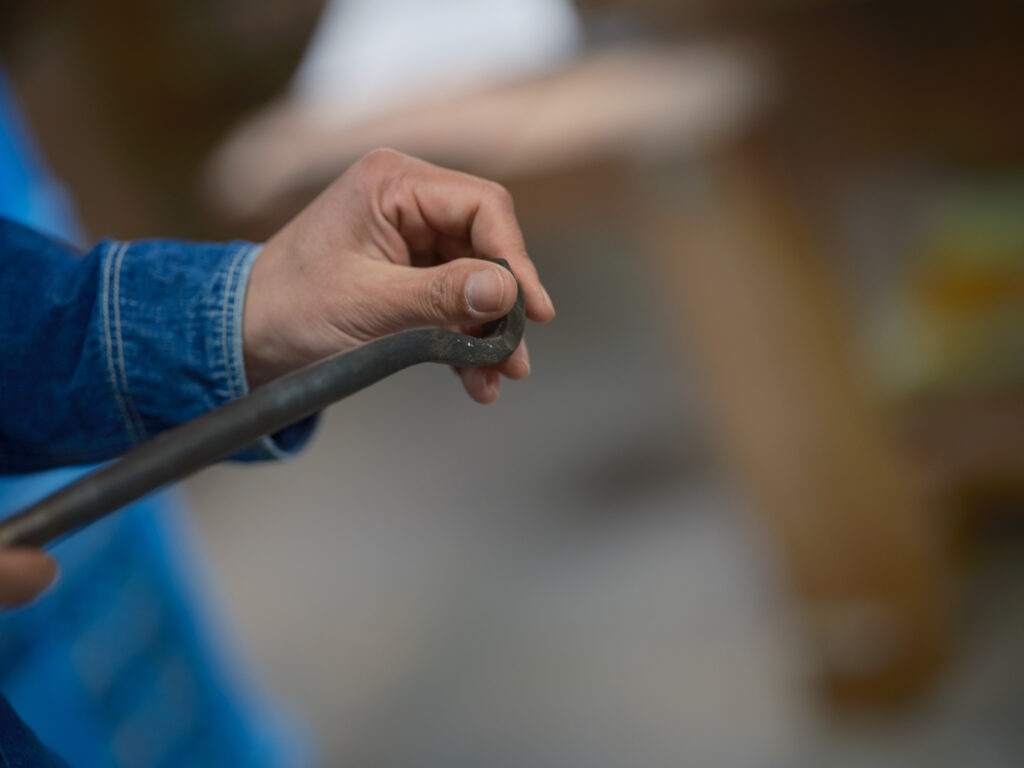
When asked about his love for creating things, Momose replied, “I often tell this story, that when I was a child, my parents didn’t allow me to have video games and on top of that I wasn’t allowed to watch much TV.My friends were all engrossed in games or TV so I had to think of creative ways to get them to play outside with me.” The fun he felt there, in coming up with ideas and creating things from scratch, still lies at the heart of Momose’s work today.
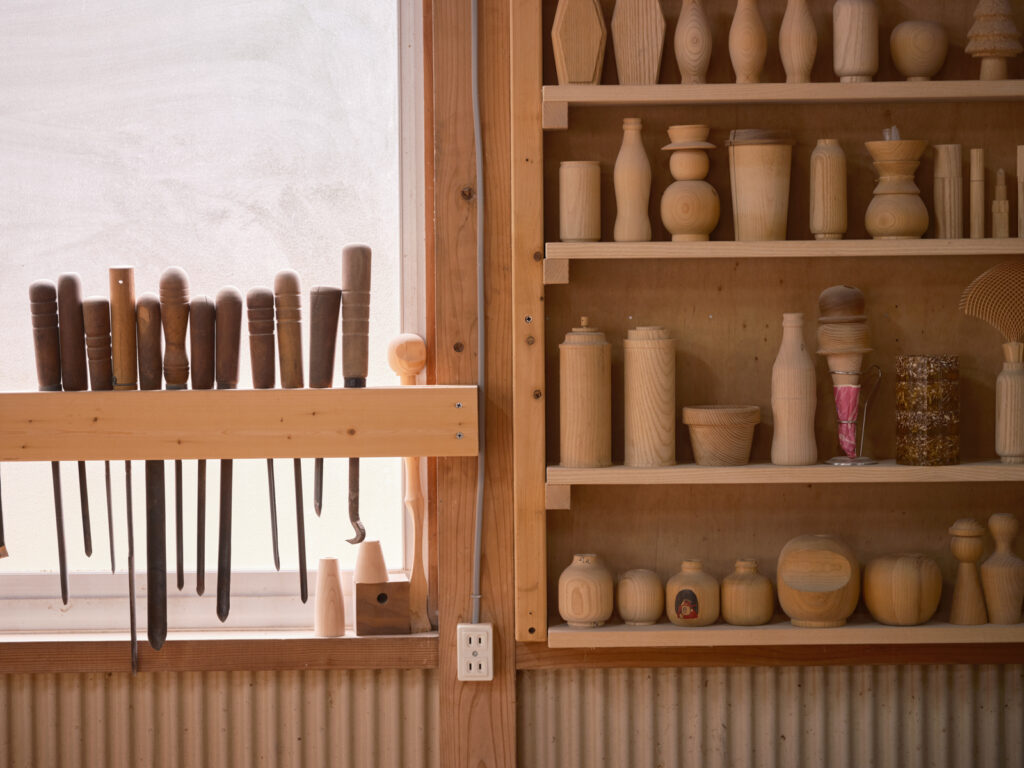
He originally jumped into the world of Hikimono having very little knowledge or experience, and 10 years later he became independent. But did he ever experience any setbacks during that time?
“There is a process called “centering,” which is crucial to create the perfect circle form, but at first I just could not do it at all. Now that I think about it, if I had been able to do it right away, it wouldn’t have posed a challenge to me and I would have become bored. I think it was good to hit a wall, overcome that wall and be able to do it, and then look out for the next challenge, the next wall, and so on.”
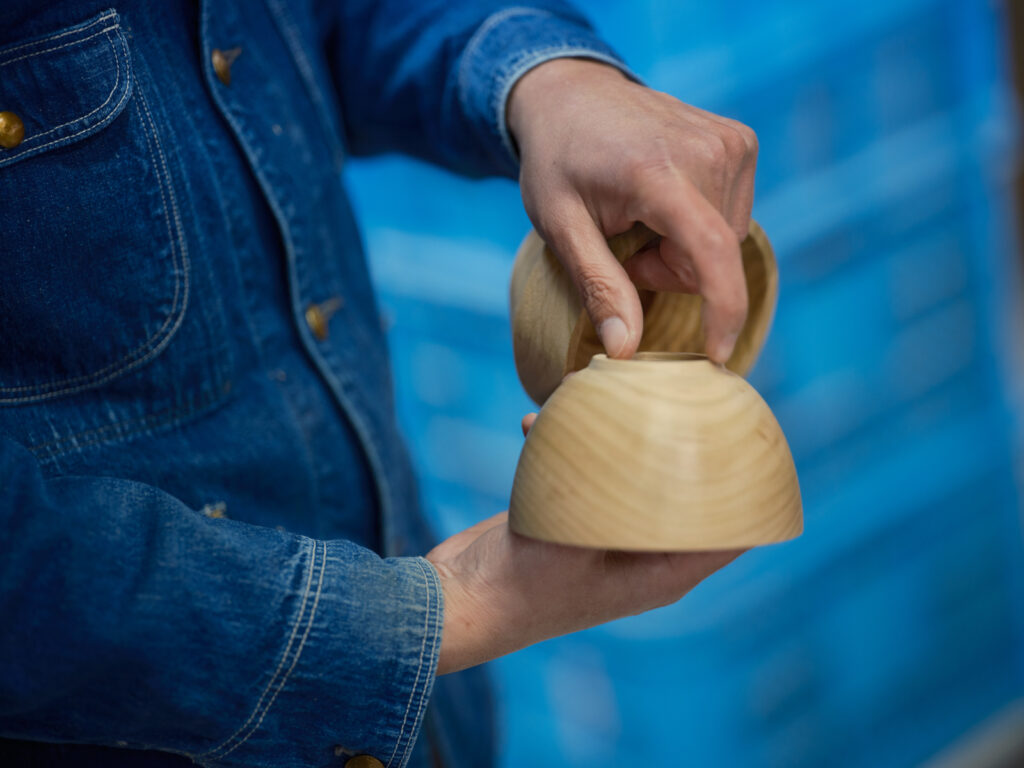
Prior to moving to his current workshop, his previous workshop was located at 639 Nakagochi, Shimizu-ku, Shizuoka City, which is where the company name, ‘Hikimonojo 639 ’ derived its origin.
“After spending five or six years working as an apprentice, I began to think that I wanted to become independent. However, it would be difficult to acquire all the necessary machinery, so I decided to collect them little by little. At that time, I thought about having my own workshop, but the cost to achieve that in the city would be very high. Since I liked the mountains, I looked for a place in the mountains and came across an old house that was built over a hundred years ago. I bought it and we worked on the house by ourselves, then built a workshop right in front of it.”
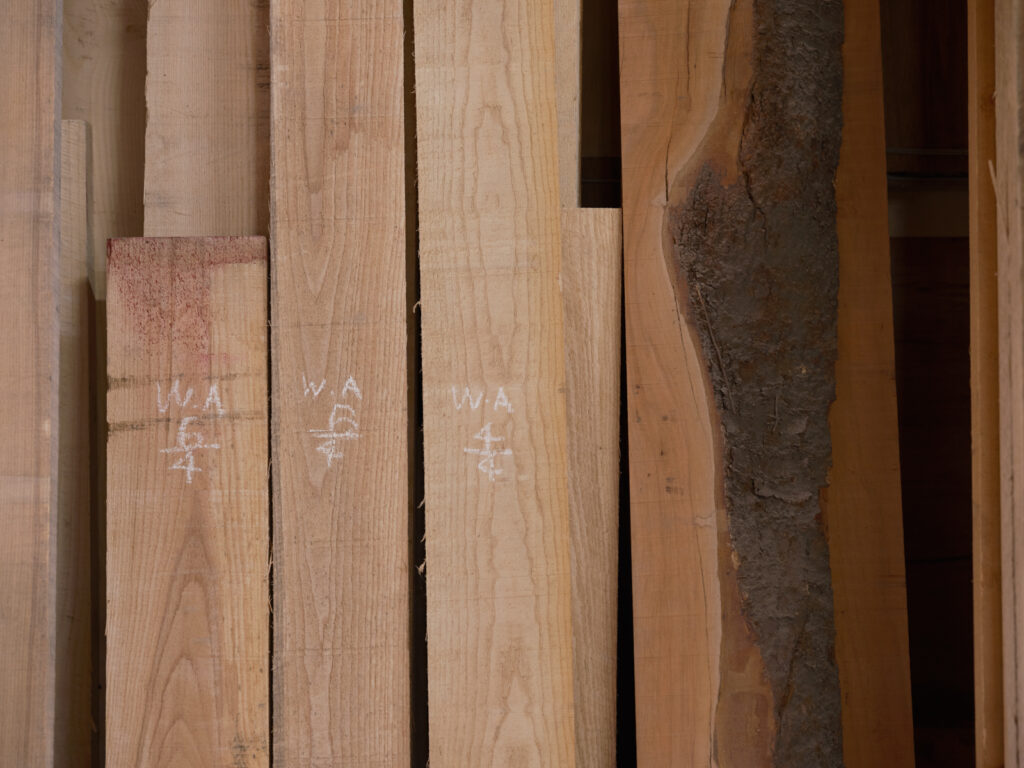
The company incorporated in 2019 and in 2020, in search of a larger space, relocated into its current location: an old tea factory.There, Momose and three other craftsmen work together.
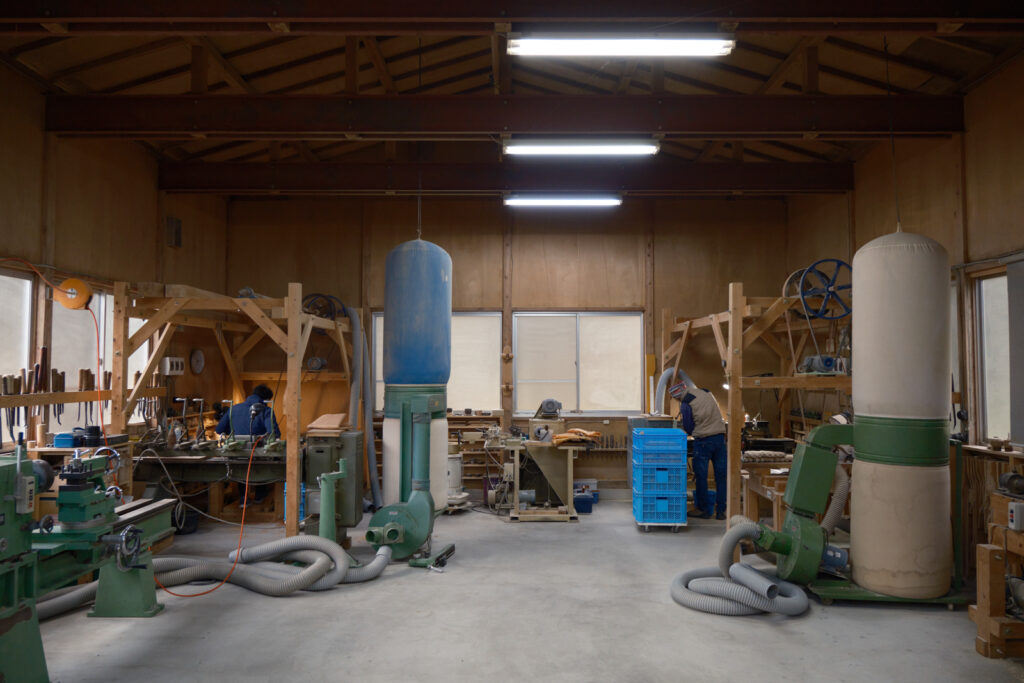
The workshop also houses a gallery called ‘moyocami’ gallery.
“Before we moved here, we used to run the gallery on the exposed earth floor of an old house. Now we invite artists three times a year to create and exhibit their work with us. I want to introduce people that I think are interesting, and also because I can create something different by combining my work with that of other artists.”
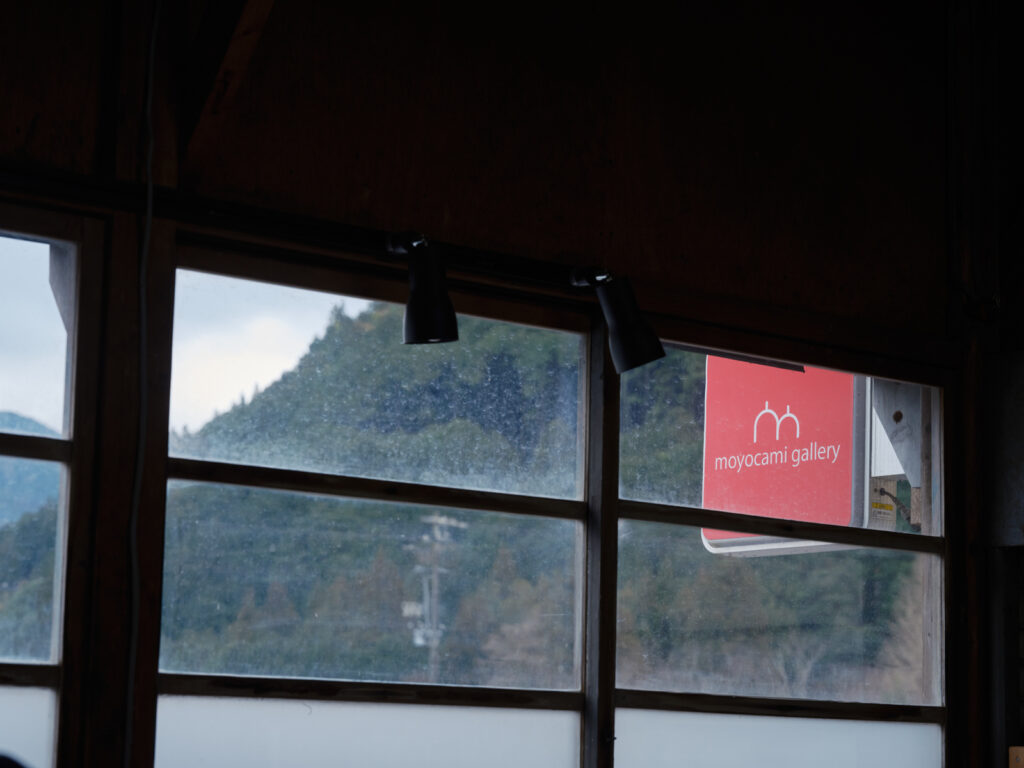
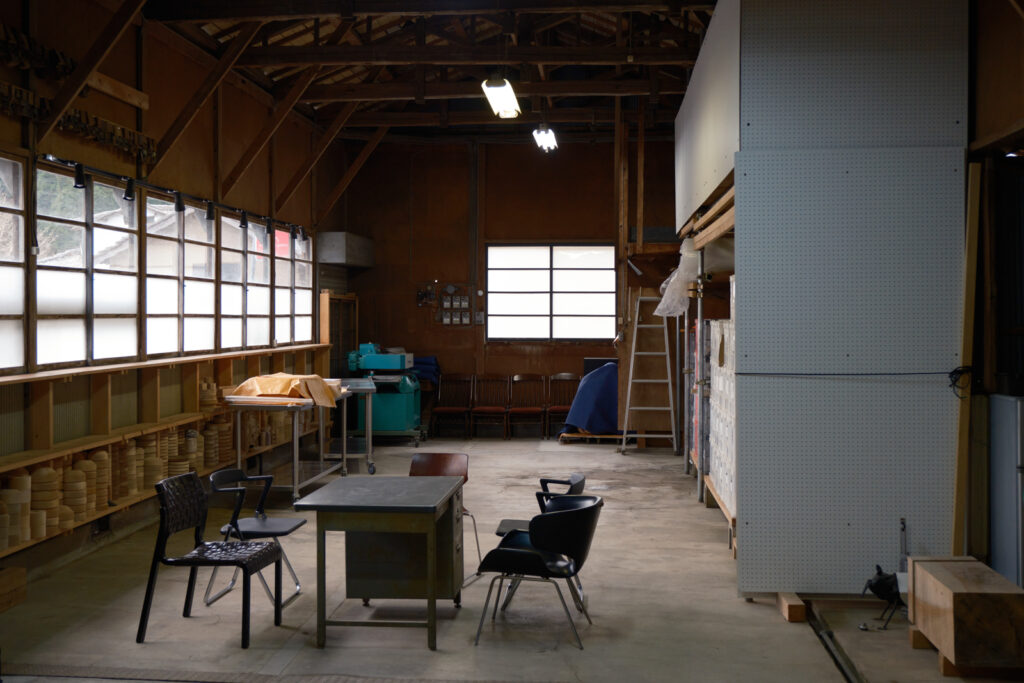
In addition to the exhibition, he also plans to hold workshops where children can try their hand at woodwork while thinking of creative ways to use wood scraps together.
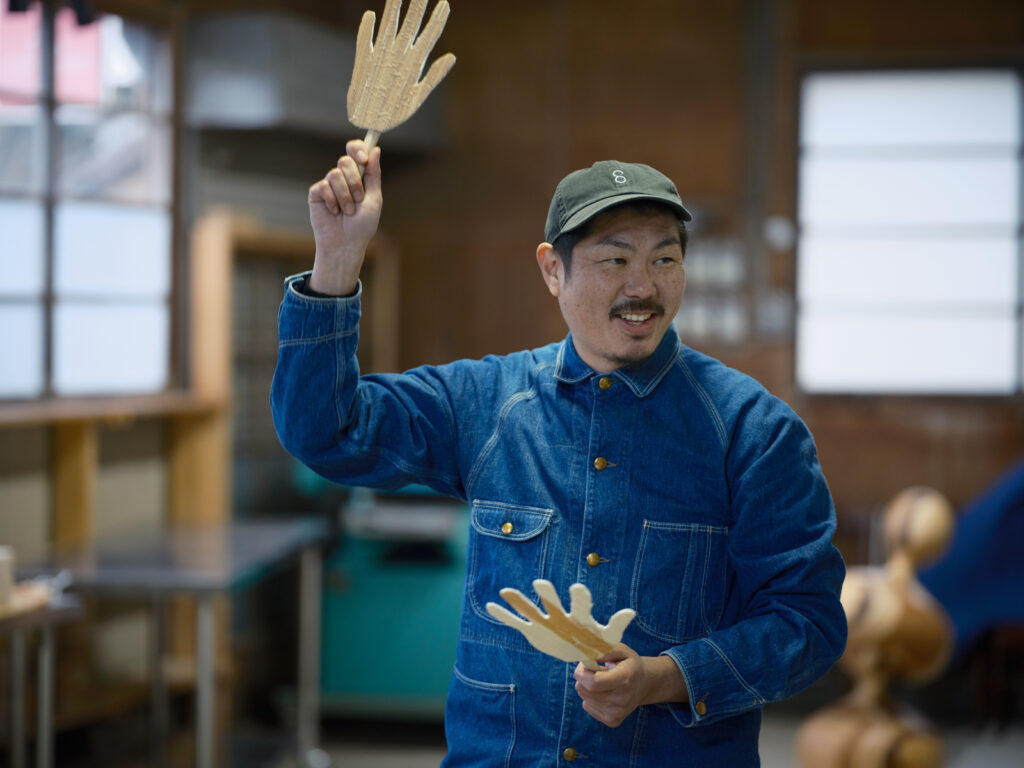
No matter how big or small the project or product, Momose says, “I want to keep producing high-quality products.” Momose’s key to custom orders and collaborations is “to be excited,” and he is always looking forward to the next project.
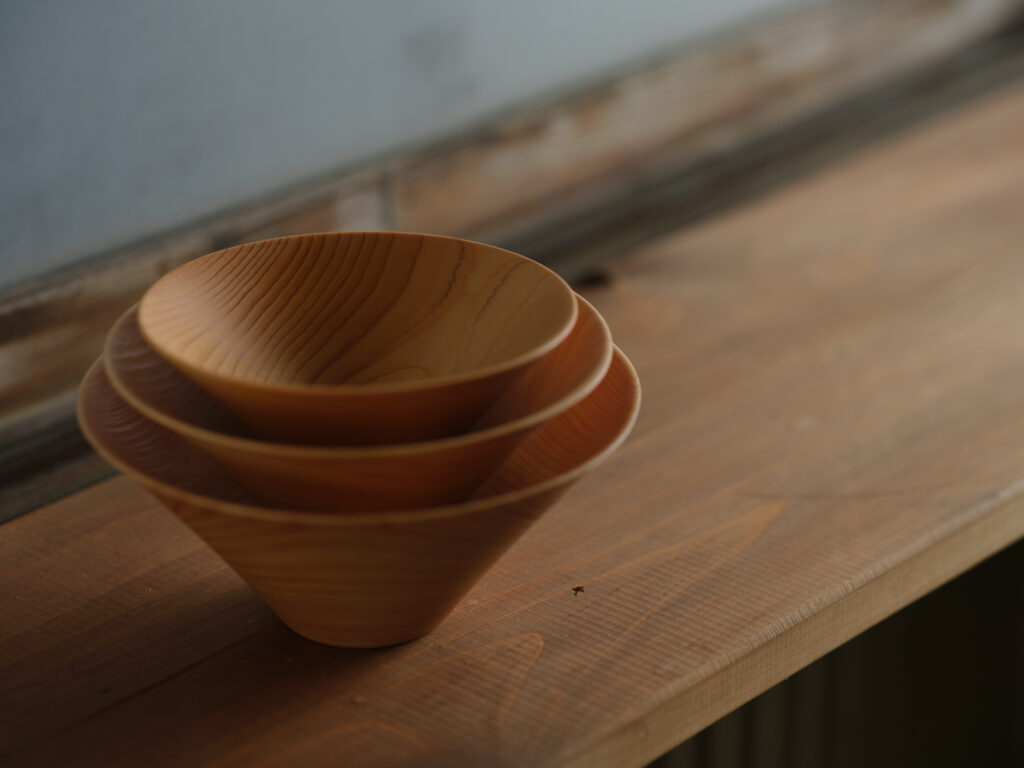
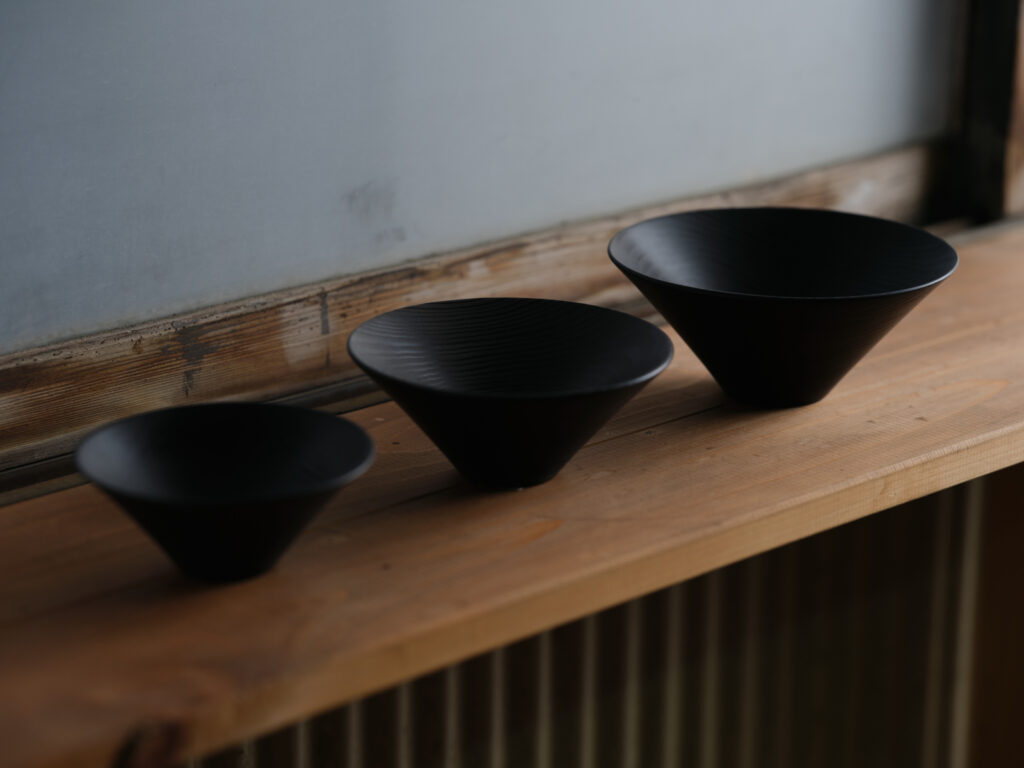
“The basic idea is to make something that people will enjoy, so I want the people who use it to be happy, and of course, I want the people I work with to be happy as well. This makes me excited and also makes me think about the things I create and whether the things that I create should remain in this world.”
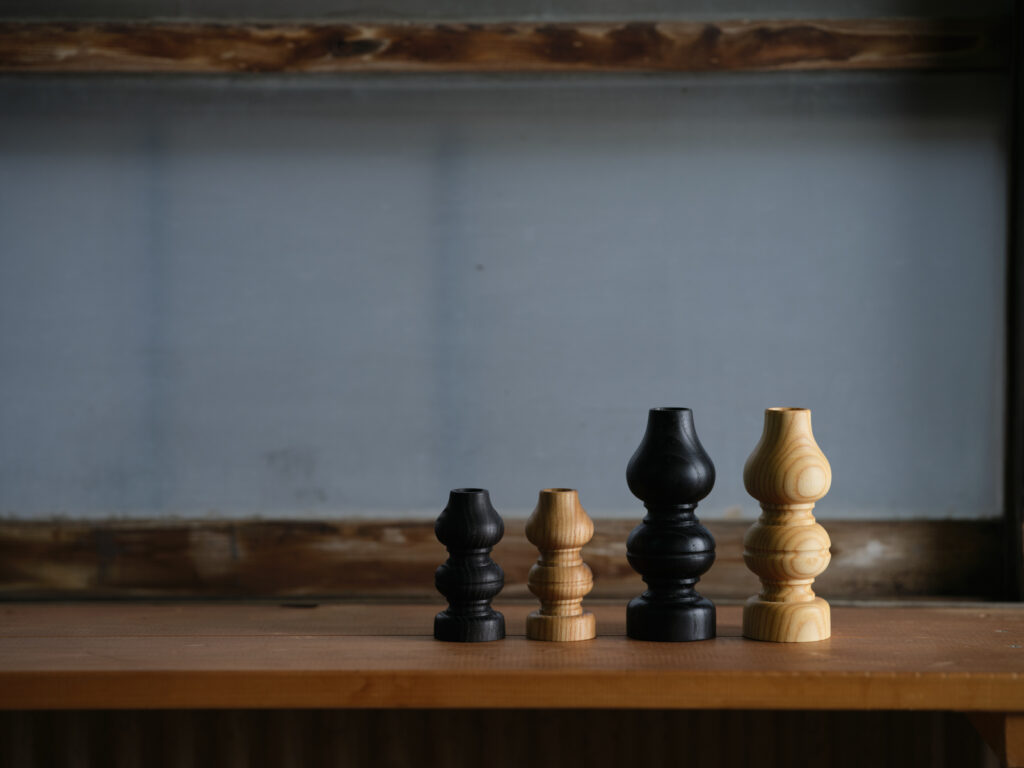
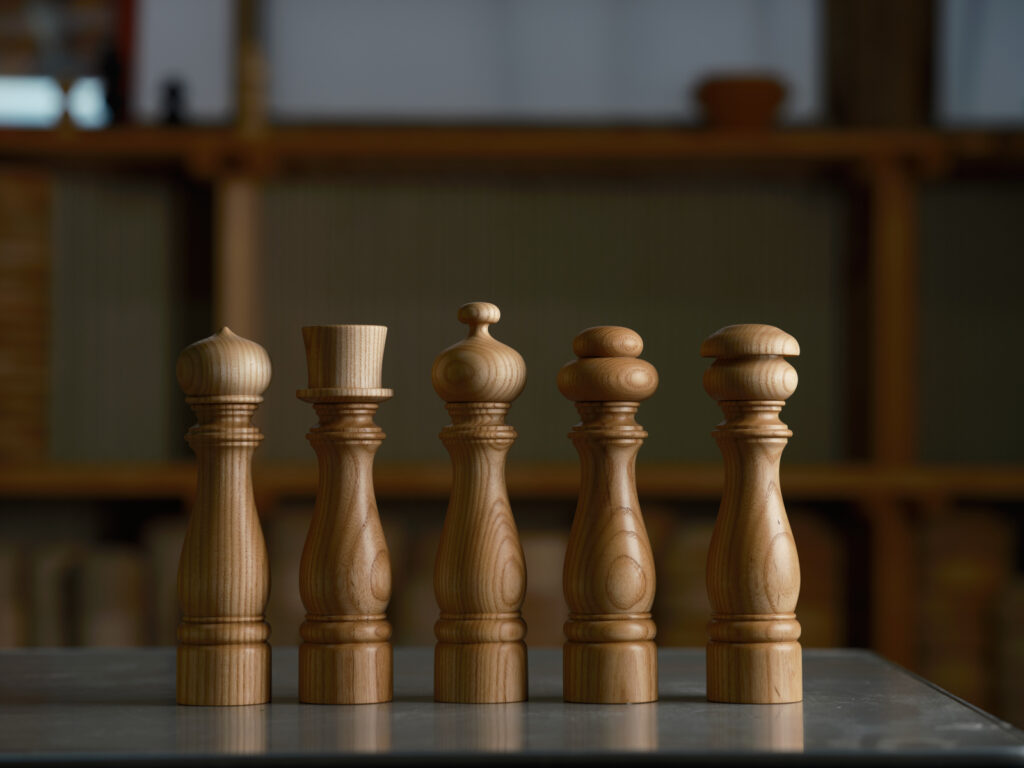
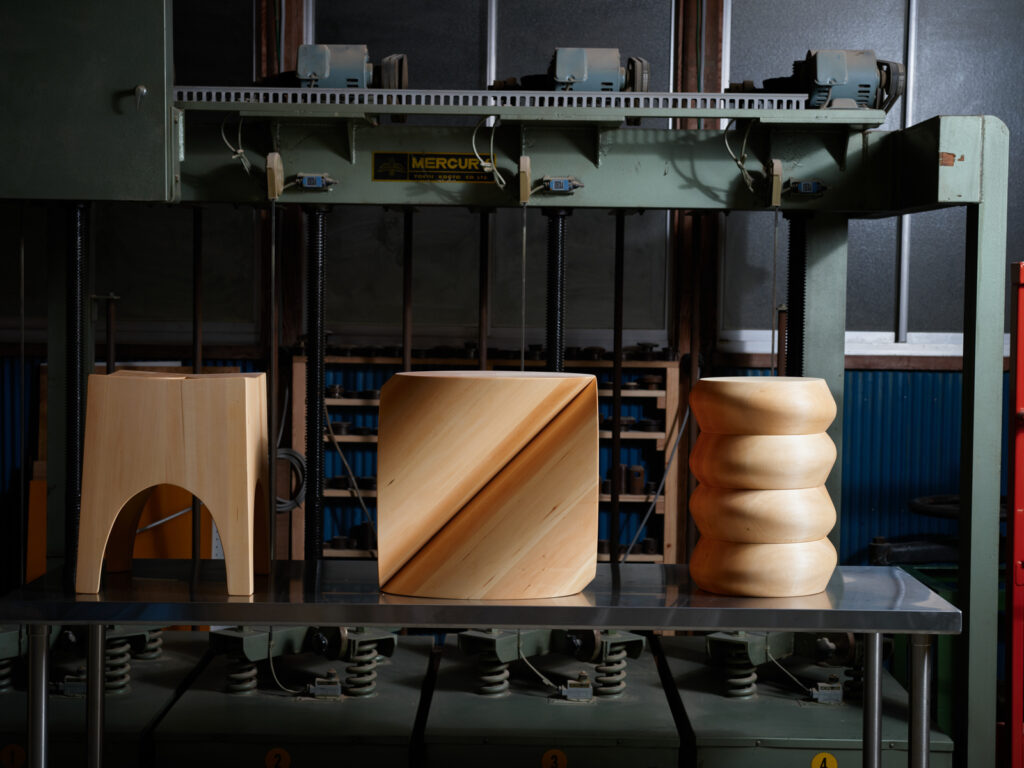
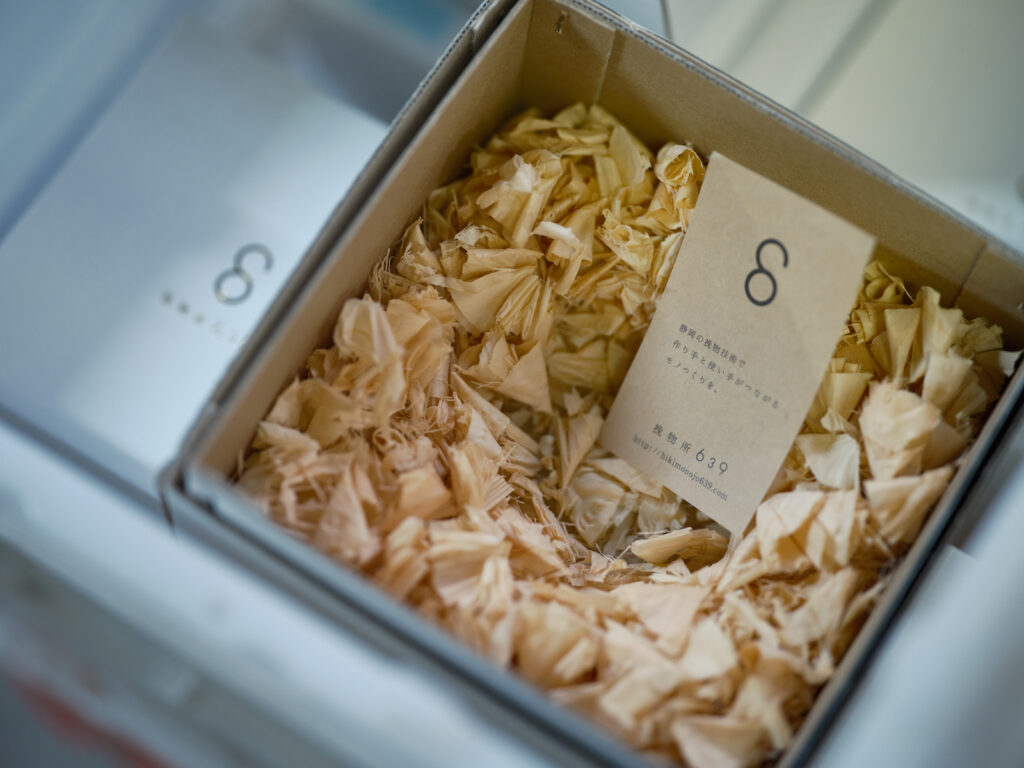
Momose creates in the rich natural environment of Shizuoka, and through his work, he is connected not only to Japan but also to the world. He is now considering projects overseas, which have been postponed due to COVID. It seems likely that the possibilities of Hikimono will continue to expand along with Momose’s activities.
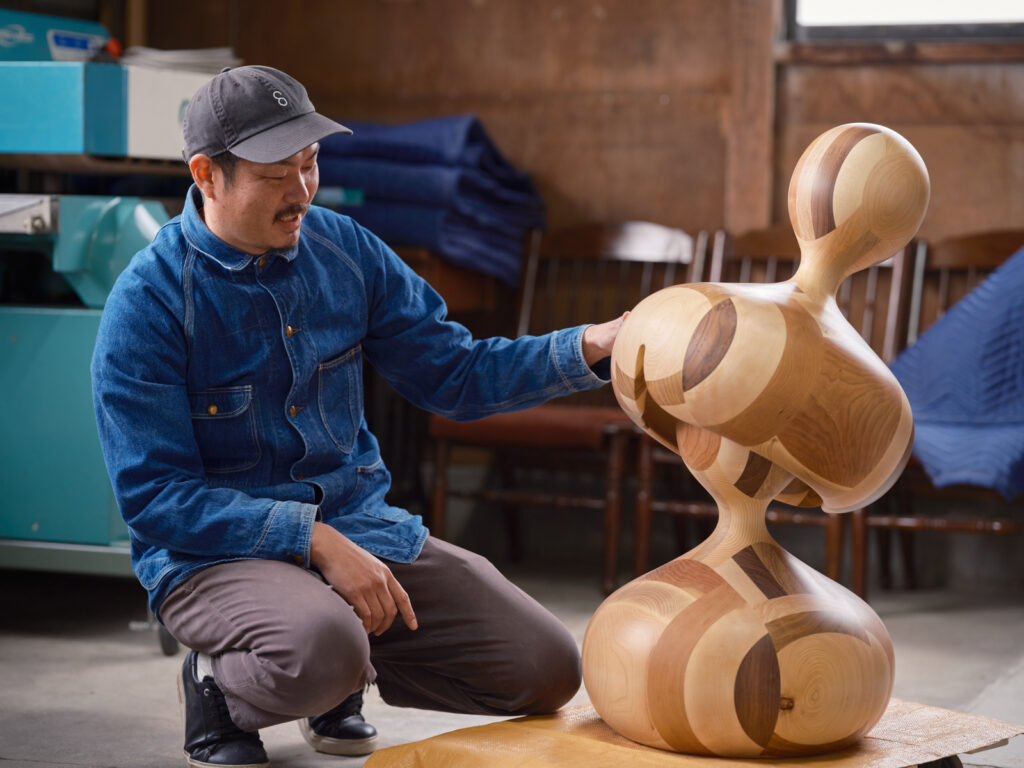
Toshifumi Momose
Representative of Hikimonojo 639 Co. Born in 1983. After graduating from Shizuoka Design College, he studied under Masao Kishimoto and Masaki Kishimoto, both of whom are Shizuoka City’s traditional craft masters. In 2011 he founded Hikimonojo 639.











